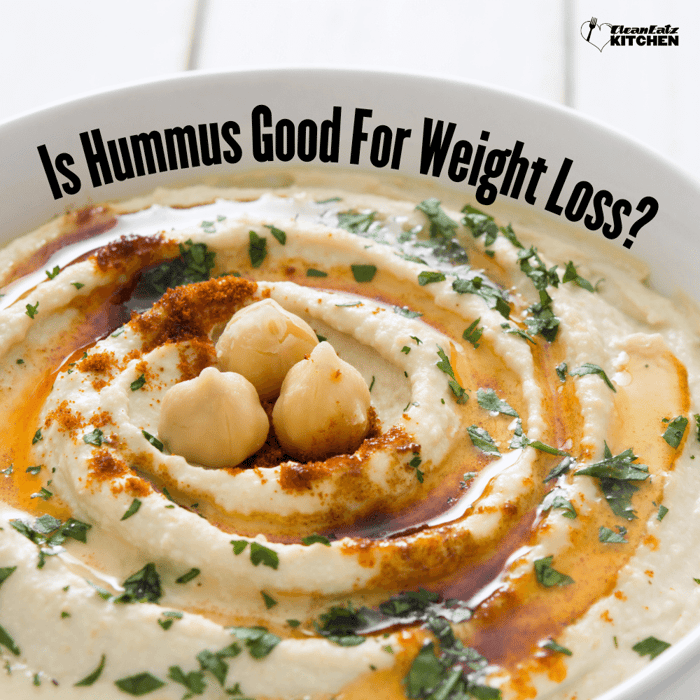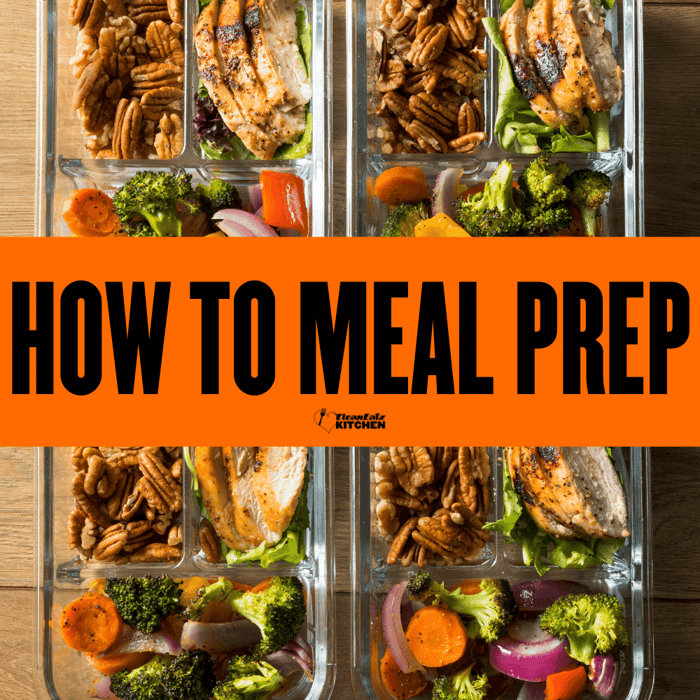Is Hummus Good for Weight Loss? Portion Wins, Smart Pairings & Store-Bought Tips

Diana Ketchen
Nutrition
10/09/2025 8:47am
3 minute read
Quick answer: Yes—hummus can support weight loss when it replaces higher-calorie spreads and dips, and you keep portions measured. It’s protein- and fiber-containing, which helps fullness, but it’s also energy-dense from tahini and oil. Most people do well with about 2–4 Tbsp (30–60 g) per serving paired with veggies or a high-fiber wrap.
On this page
- Why hummus can help with weight loss
- How much to eat (and what to pair it with)
- Smart store-bought tips
- Lighter DIY hummus swaps
- Pros & cons summary
- What to eat from Clean Eatz Kitchen
- FAQ
Why hummus can help with weight loss
- Protein + fiber = fullness: Chickpeas (a pulse) provide fiber and some protein; tahini adds satisfaction so small servings go further.
- Swap effect: Using hummus instead of mayo/creamy dressings or chip dips can reduce overall calories—especially when paired with vegetables instead of chips.
- Fits Mediterranean-style eating: Hummus aligns with patterns linked to heart and metabolic benefits when the rest of the plate is produce-forward.
How much to eat (and what to pair it with)
- Portion: aim for 2–4 Tbsp per snack/meal element. That’s roughly ~50–90 calories depending on the recipe/brand.
- Pairings that work: raw veggies (carrots, peppers, cucumbers), cherry tomatoes, steamed green beans, high-fiber crackers, or a whole-grain/high-protein wrap.
- Make it a mini-meal: wrap hummus with rotisserie chicken or falafel + slaw; or build a bowl with grains, greens, and extra veg.
Smart store-bought tips
- Short ingredient list: chickpeas, tahini, olive/plant oil, lemon, garlic, salt, spices.
- Sodium check: look for ≈100–150 mg sodium per 2 Tbsp (lower is better if you’re watching sodium).
- Portion control: buy single-serve cups or spoon servings into a bowl—don’t eat from the tub.
- Add-ins: roasted red pepper or herbs add flavor without many extra calories; be mindful of oily toppers.
Lighter DIY hummus swaps
- Thin with aquafaba or water instead of extra oil for creaminess.
- Use half tahini and add extra lemon/garlic for brightness.
- Blend in vegetables (steamed cauliflower or zucchini) for volume with fewer calories.
Pros & cons summary
| Pros | Cons |
|---|---|
| Protein + fiber can increase fullness and help calorie control. | Energy-dense; portions can creep up if eating from the container. |
| Versatile swap for higher-calorie sauces/dips. | Sodium varies across brands; check the label. |
| Fits Mediterranean-style, plant-forward meals. | Calories add up fast with chips/bread; choose veggies/high-fiber sides. |
What to eat from Clean Eatz Kitchen
- Build-A-Meal Plan — anchor protein (25–35 g/meal) and add hummus as a measured side.
- Meal Plans — balanced, portion-controlled options to pair with veggie + hummus snacks.
- Cleanwich — quick protein; add a hummus-and-veg side for extra fiber.
FAQ
How many calories are in hummus?
Brands vary, but a typical serving of 2 Tbsp is around 50–90 calories. Check your label and measure servings.
Is hummus better than ranch or mayo?
Often, yes—especially with veggie dippers or in a whole-grain wrap. It brings fiber and plant fats that many creamy sauces lack.
Will hummus make me gain weight?
Not if portions are measured and it replaces higher-calorie foods. Over-scooping (or pairing with chips) can turn it into a calorie bomb.
Is store-bought hummus healthy?
Look for short ingredient lists and reasonable sodium. Use single-serves or pre-portion to keep calories on track.
Related Articles
10 Tips for Healthy Cooking
8 minute read



